
I have seen the beauty industry change so much over the years. One thing that has become increasingly important is packaging. Can we make it better?
Cosmetic packaging uses materials like plastic, glass, metal, and paperboard. The best choice depends on the product, brand image, and sustainability goals. Issues include plastic waste and the need for eco-friendly options. Primary packaging directly contains the product, like jars, bottles, and tubes.
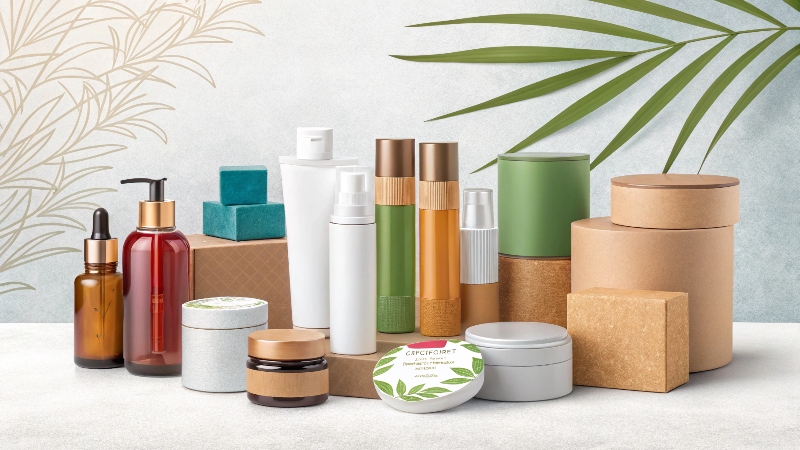
So, you want to know more about cosmetic packaging? Well, keep reading! I will break it all down.
What material is used for cosmetic packaging?
I remember when plastic was the only option. Now, things are different. What are my choices now?
Cosmetic packaging uses a range of materials. These include plastics (PET, HDPE), glass, aluminum, paperboard, and even bamboo. Each material has its own benefits. Glass offers a luxury feel. Plastics are lightweight and inexpensive. Bamboo is sustainable1
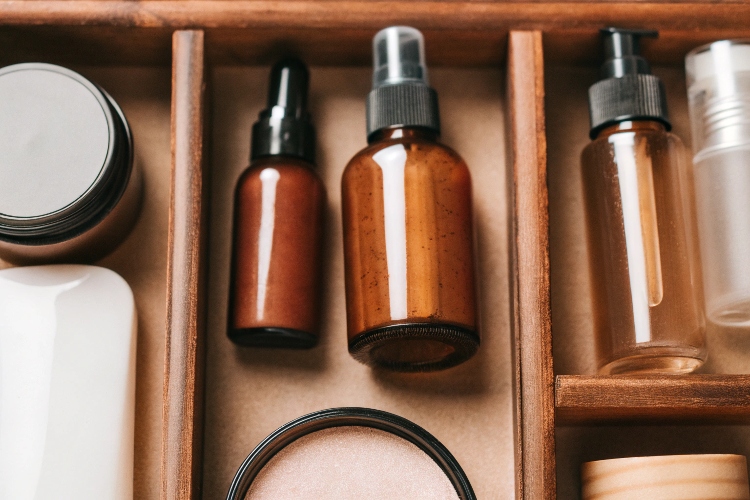
The material you pick really does matter. It affects how customers see your brand. For example, glass says "high-end". If you want to be seen as eco-friendly, bamboo or recycled paperboard might be better.
Here's a quick look at common materials:
| Material | Benefits | Considerations |
|---|---|---|
| Plastic | Lightweight, inexpensive, versatile | Environmental impact, potential chemical reactions |
| Glass | High-end feel, recyclable, inert | Breakable, heavier, more expensive |
| Aluminum | Recyclable, protects product, vintage look | Not suitable for liquids with essential oils |
| Paperboard | Sustainable, recyclable, customizable | May not be suitable for wet products |
| Bamboo | Renewable, sustainable, natural look | Can be more expensive, may require inner lining for some products |
| PCR Plastics | Sustainable, utilizes recycled materials | May have some limitations in color and clarity |
What is the best packaging for cosmetics?
Choosing the "best" packaging is tricky. What makes something "the best" anyway?
The best packaging for cosmetics depends on the product's needs. Consider factors like protection, brand image, and cost. Glass is great for a luxury look. Plastic is practical for its light weight and affordability. Sustainable materials are becoming increasingly popular.
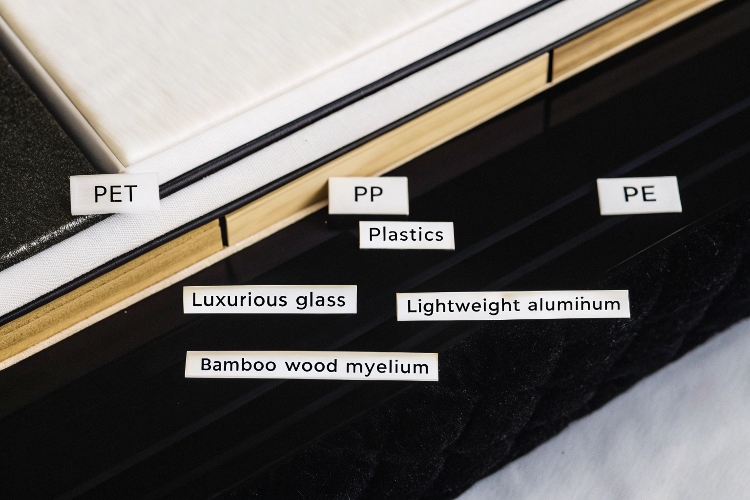
Think about what your customers want. Eco-conscious consumers might prefer minimal, sustainable packaging. Luxury brands might focus on high-end materials and unique designs.
Here's a few things to consider:
- Product Type: Liquids need airtight containers. Powders need something dry.
- Target Audience: Who are you selling to? What do they care about?
- Budget: How much can you spend on packaging?
- Sustainability: How important is it to you to be eco-friendly?
- Shipping: Will the packaging protect the product during shipping?
Sani, the Procurement Manager from PT. PASCAL CORPINDO SEMESTA, needs full compliance with supply chain protocols. They also need multi-material solutions. For them, packaging that meets regulatory standards and offers material flexibility is crucial. We have to consider PET/PP blends!
What are the issues with cosmetic packaging?
I worry about the waste. All those empty containers...where do they go?
The biggest issues with cosmetic packaging are plastic waste and environmental impact. Many plastics are not easily recycled. This leads to landfill waste and pollution. There's a growing need for sustainable materials and better recycling programs.
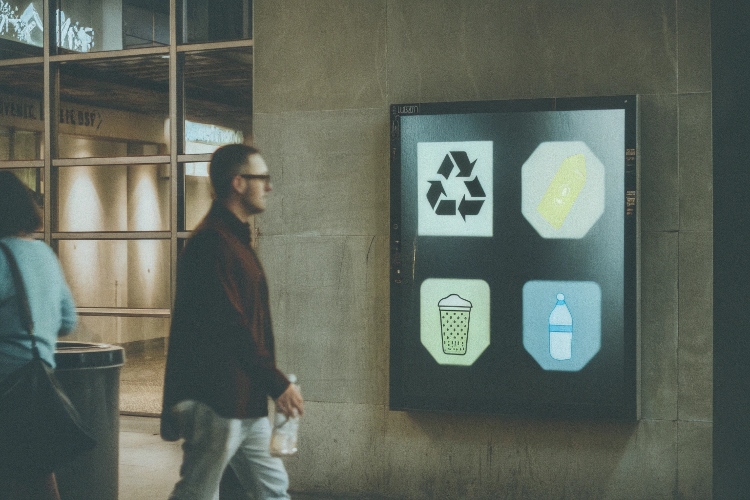
The beauty industry is working to solve these problems. Companies are exploring:
- Sustainable Materials: Like plant-based plastics and recycled content.
- Refillable Packaging: So customers can reuse containers.
- Recycling Programs: To make it easier to recycle cosmetic packaging.
- Minimalist Packaging: Reducing the amount of material used.
- Biodegradable Materials: Packaging that breaks down naturally.
The Le Rivage brand favors glass and recycled cardboard. This shows a commitment to the environment. I think that is admirable.
What is the primary packaging for cosmetics?
What exactly is "primary packaging" anyway?
Primary packaging is what directly holds the cosmetic product. This includes bottles, jars, tubes, compacts, and droppers. It's designed to protect the product and make it easy to use. The material and design of the primary packaging are very important.
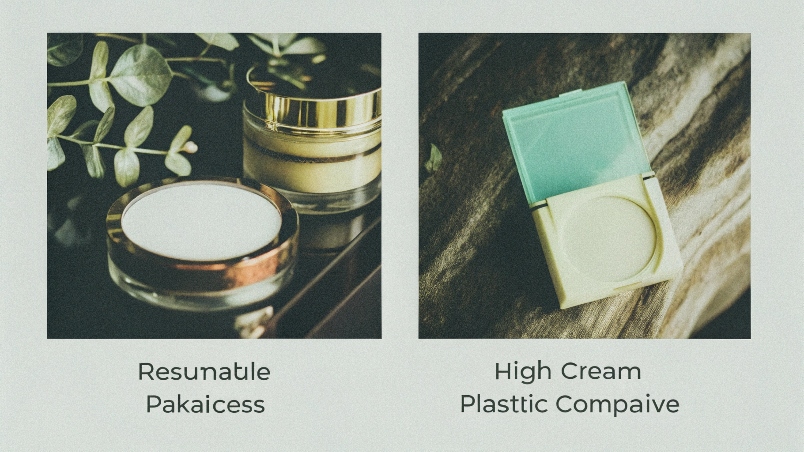
Think of primary packaging as the product's "house." It needs to:
- Protect the product: From light, air, and contamination.
- Be functional: Easy to open, close, and dispense the product.
- Reflect the brand: The look and feel should match the brand's image.
- Be safe: Made of materials that won't react with the product.
We at Rland offer end-to-end solutions. That means design, mold development, and mass production. We also offer customization with OEM/ODM manufacturing. We can work with PE, PET, PP, and PETG. We also have a full-process monitoring system from R&D to delivery.
Conclusion
Cosmetic packaging is complex. But, choosing the right materials is key to sustainability.
-
Exploring bamboo's role in sustainable packaging can inspire eco-friendly choices in your beauty products. ↩
Written by
Mike Lee
You may also be interested in:

What Are the Top 5 Small Spray Bottle Trends for Skincare and Cosmetics in 2026?
Your new facial mist has a beautiful formula, but you're planning to use a standard

What Can We Learn from Market Leaders in Eco-Friendly Beauty Packaging?
You want your brand to be more sustainable, but the world of eco-friendly packaging is
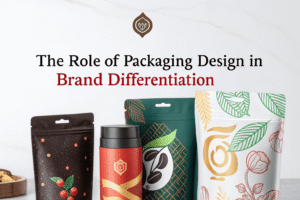
How Can Packaging Design Make or Break Your Brand?
Your product formula is a masterpiece, but on the shelf, it's invisible. You're watching less
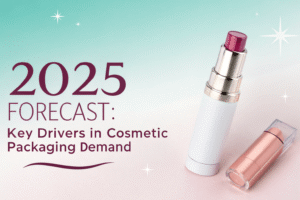
2025 Forecast: Key Drivers in Cosmetic Packaging Demand
You're trying to plan your brand's future, but the market is unpredictable. You're uncertain where